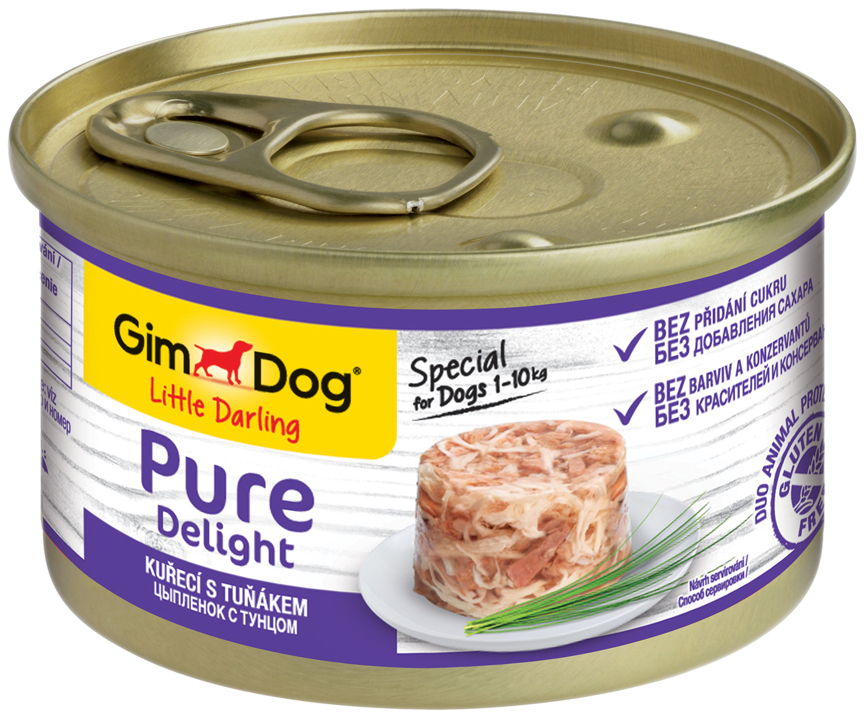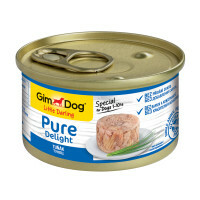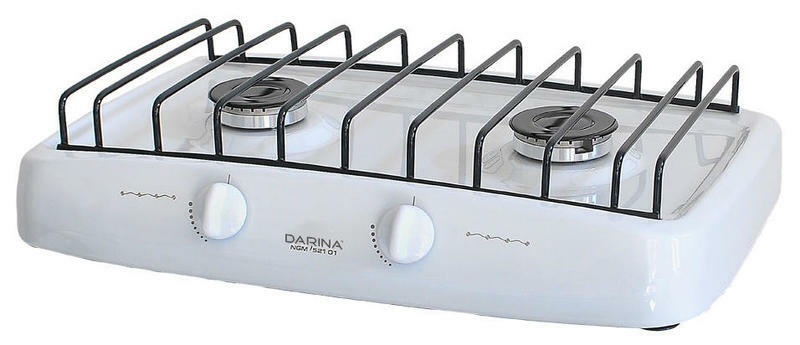
- Reasons for plaque formation
- Chemicals for cleaning plumbing
- Folk recipes
- Hard cleaning measures
- Preventive measures
It's nice when all the plumbing in the house shines with cleanliness. In order to preserve its original appearance, it is necessary to provide timely preventive measures and cleaning. Often in the toilet, you can see the hated limescale and rust. The housewives immediately ask themselves: what is the best way to wash the toilet to avoid serious consequences? The choice of cleaning agent should be based on the cause of the problem and the material from which the plumbing is made. Let's look at possible effective options in this article.
to content ↑Reasons for plaque formation
Hard stains rarely appear on the plumbing, however, there are three types of contamination, the occurrence of which is better to prevent than to suffer from them later. Consider the main types of hard-to-remove stains:
- Calcareous plaque. It is formed in those cases when the house is very hard water, enriched with a large amount of calcium salt. It settles on the walls, behind the rim of sanitary ware. In order to remove the lime scale in the toilet, use acid based detergents.
- Rusted strips. Occur due to poor-quality old pipes and because of a malfunction of the drain tank. Also, the reason may be contained in the water, which contains a large amount of iron.
- Uric stone. Appears because of the forgetfulness of households who do not wash themselves in the toilet. Removing the urinary stone is very difficult, so it is better to prevent its occurrence by preventive measures( regular cleaning and flushing after going to the toilet).
Important! To soften the water in the tank add various special tablets. This reduces the risk of plaque occurrence.
to the table of contents ↑Chemicals for cleaning sanitary ware
You can clean the toilet from plaque and rust using special household substances.
Important! For quality and safe cleaning of plumbing, choose creamy, gel preparations. It is advisable to exclude the use of hard cleaners, as they can ruin the plumbing.
 These agents are divided into four groups:
These agents are divided into four groups:
- Alkaline substances - liquid chemical solutions containing sodium. Perfectly removes surface contamination, does not damage the structure of the toilet bowl, does not have a sharp odor. Excellent cope with the removal of organic blockages, greasy spots.
Important! To such cleaning solutions are - "Dosya" and "Bref".
- Substances based on chlorine - well wash and disinfect the surface of sanitary ware, eliminate all unpleasant odors. But they themselves publish an unpleasant, sharp smell. Do not leave behind small fissures, you can use for daily cleaning.
Important! To them carry - "Comet", "Silit" and "Titan".
- Acid-based preparations - effectively fight against chronic contamination. They include the following acids: formic, oxalic, hydrochloric and their mixtures. Such a tool is not recommended to use often, since they have a negative impact on the human body. In addition, they can not be washed faience and ceramic toilet bowls, because their surface is badly damaged.
Important! To acidic substances carry - gel "Santri" and "Dressing duckling".
- Powder preparations - used to remove urinary stone. With the help of a rigid brush, the powder substance is applied to the stain, and the dirt is gradually removed. With the frequent use of such powders, microcracks can remain on the walls of the toilet bowl, in which dirt will subsequently accumulate. Therefore, it is recommended to use powders as little as possible.
Important! These tools include - "PemLux", "Big Power" and "Flash".
to the table of contents ↑Folk recipes
It is not difficult to remove the lime scale in the toilet at home, if you have all the necessary preparations. Consider several ways to remove contaminants in the plumbing:
- Acetic acid. Pour 200 ml of liquid under the rim and on the walls of the installation. We leave for several hours. Before processing it is necessary to dry the plumbing, draining all the water.
- Citric acid. Pour out two packets of the drug on the surface of the plumbing. We leave in such condition for the night. Then rinse with water.
- Soda. Acts on the same principle as citric acid. For a better result, you can combine the product with vinegar.
- Coca-Cola. It is necessary to pour 2 liters of the drink into the toilet, close it with a lid, leave in such condition for the night. The next day you should rinse the plumber with water.
- Vinegar with iodine. In warmed vinegar, add a little soda and a few drops of iodine, mix all the ingredients until a homogeneous mixture is obtained. Pour the mixture into the toilet and leave for 6-8 hours. After - wash the cleaning agent with clean water.
Important! If it was not possible to clean the dirt from the first time, the manipulations are repeated again, until rusty strips and lime deposits can be completely eliminated.
to the contents ↑Hard cleaning measures
If contamination does not respond to any gentle measures, it is necessary to proceed to use more stringent measures. Consider the most effective and often used drugs in order to remove the lime scale in the toilet:
- Oxalic acid - is purchased in pharmacies. We put the product on a sponge or a rag and wipe off the dirt. When using it, always wear protective gloves.
- Electrolyte - will relieve the grime. Pour into the toilet and wash off in an hour. It is not recommended to use if the sewer pipes are made of brittle material( plastic).
- Hydrochloric acid - no special effort is required when using it. The principle of the drug is the same as that of the electrolyte. Copes well with urinary stone. The substance can be purchased at a technical store.
Important! Do not forget about safety measures if you use such detergents. Wear a respirator, gloves and preferably a bathrobe.
to content ↑Preventative measures
It is much easier to prevent the appearance of rusty strips and calcareous deposits than to try to wash them later. To avoid the occurrence of unpleasant problems, it is necessary to follow certain rules:
- Eliminate the malfunction of the tank. Ensure that the water is drained only by force.
- Press the drain button after going to the toilet and use the toilet brush. This will save you from the appearance of a urinary stone.
- Twice a week, treat the plumber with a special cleaning agent or vinegar.
- Use tablets and blasts for the toilet bowl. So you eliminate the unpleasant odor and sanitize the plumbing.
By following these simple rules, you will ensure daily cleanliness in the toilet and reduce the risk of unpleasant problems.



